
Submitted by
 yilunzhao
yilunzhao
 yilunzhao
yilunzhaoGet trending papers in your email inbox once a day!
Get trending papers in your email inbox!
Subscribe
 yilunzhao
yilunzhao
 songtingyu
songtingyu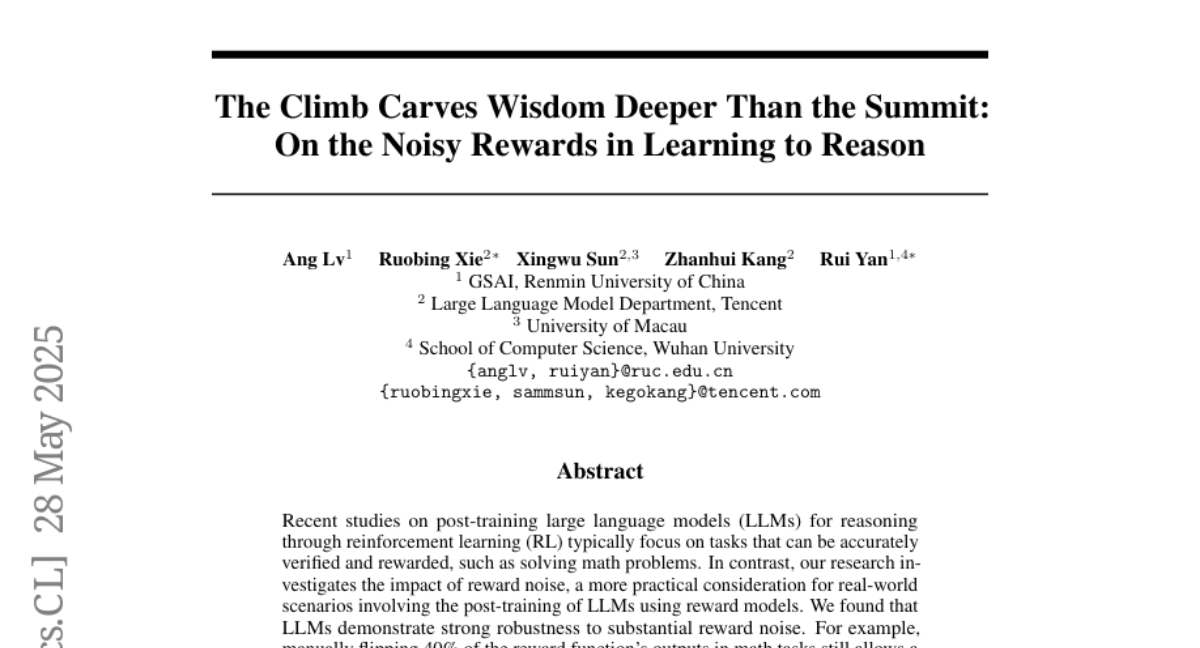

 cyyang822
cyyang822





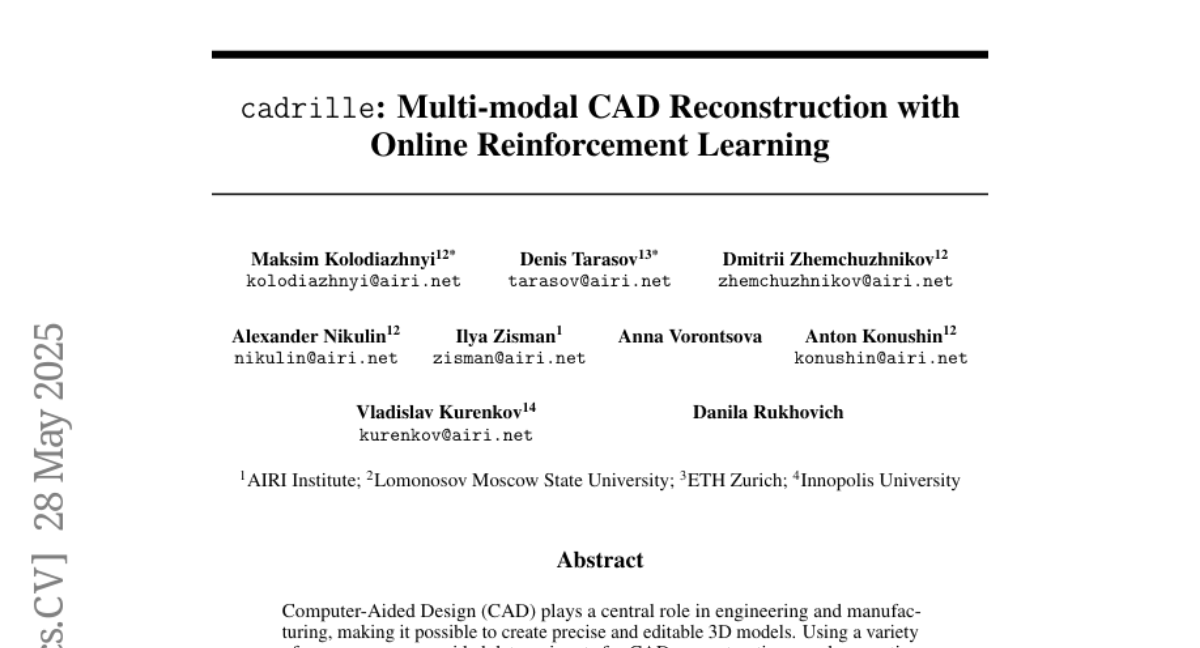

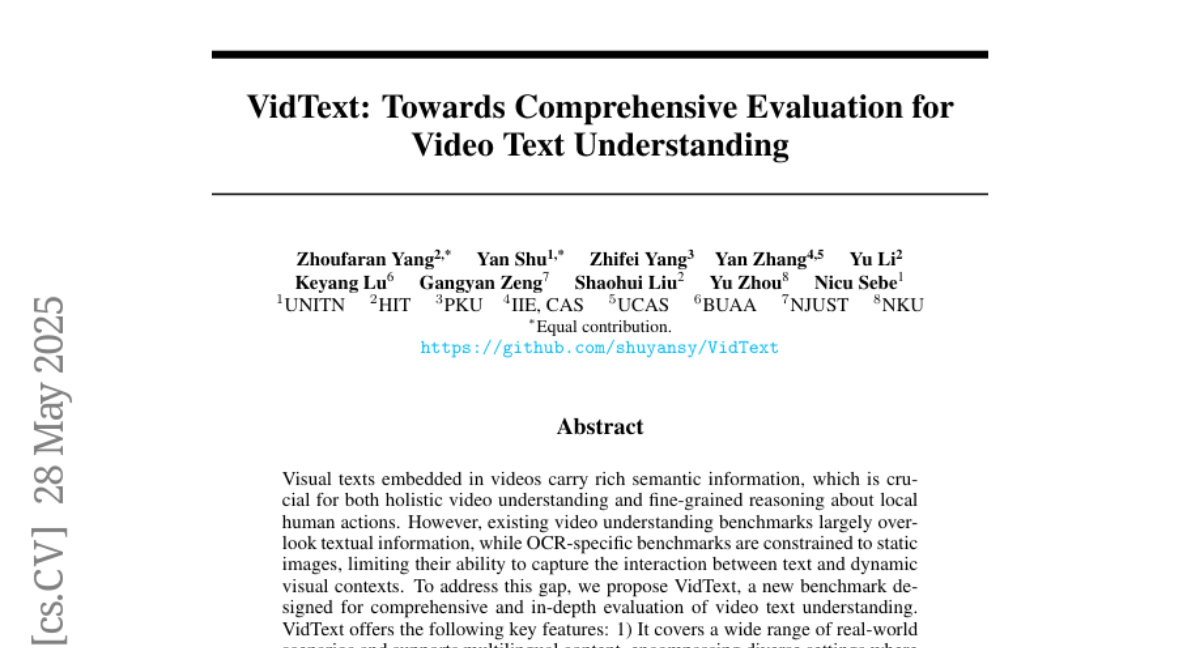


 spapi
spapi


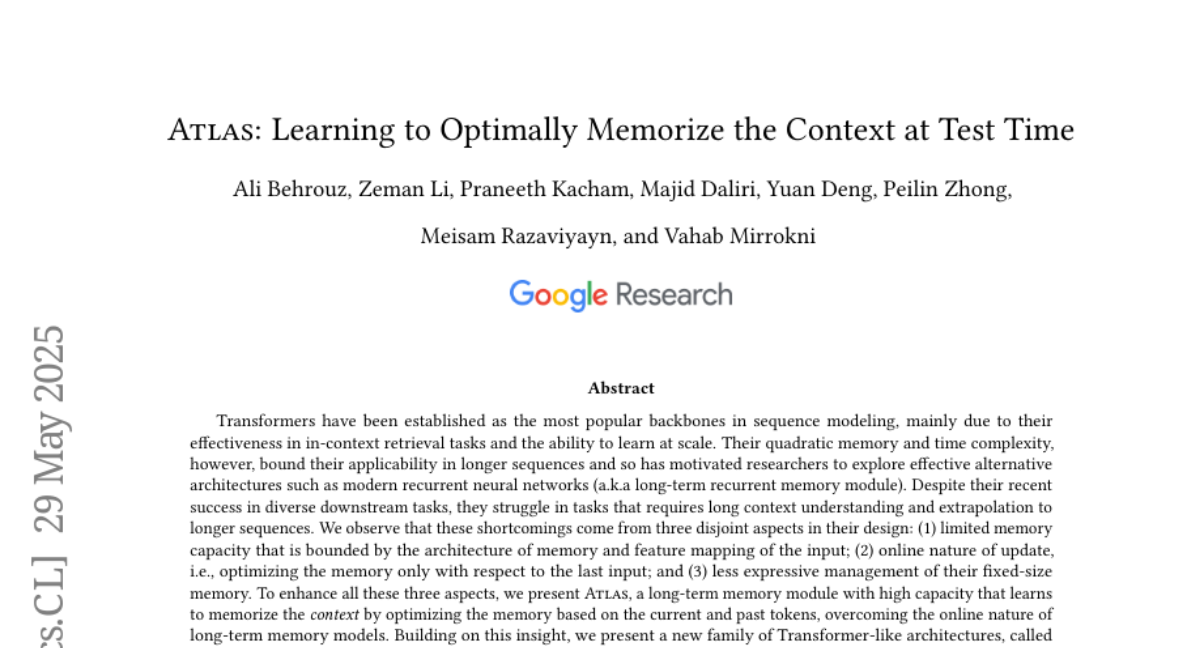
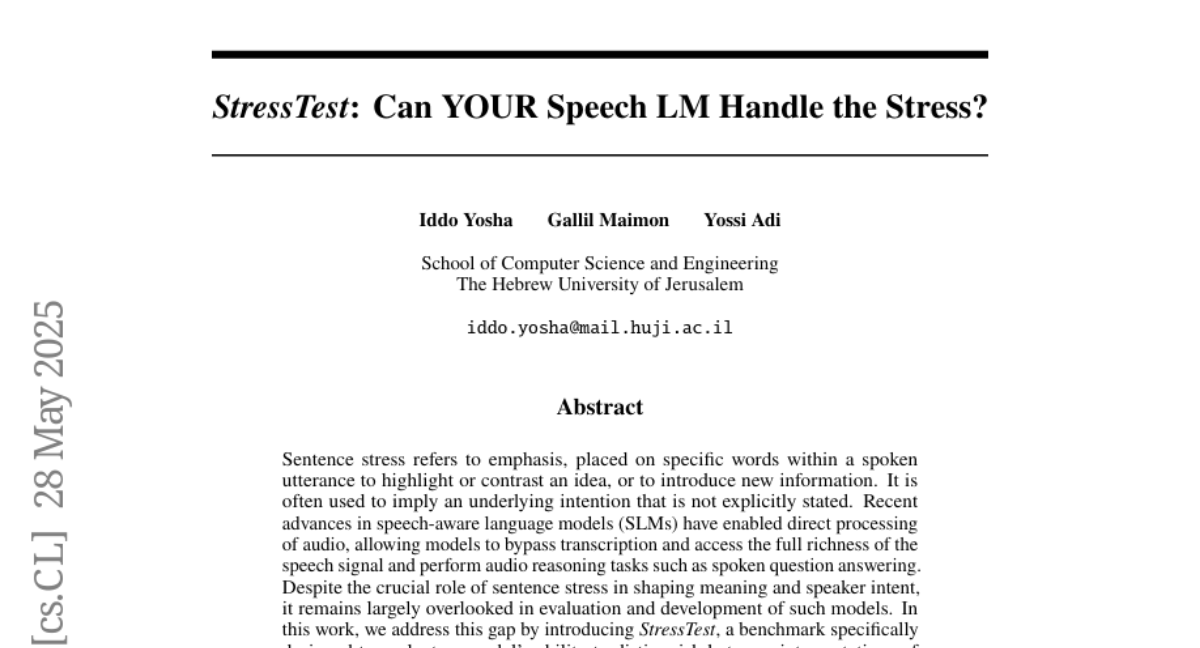
 gallilmaimon
gallilmaimon
 BryanW
BryanW

 d3tk
d3tk

 antonio-c
antonio-c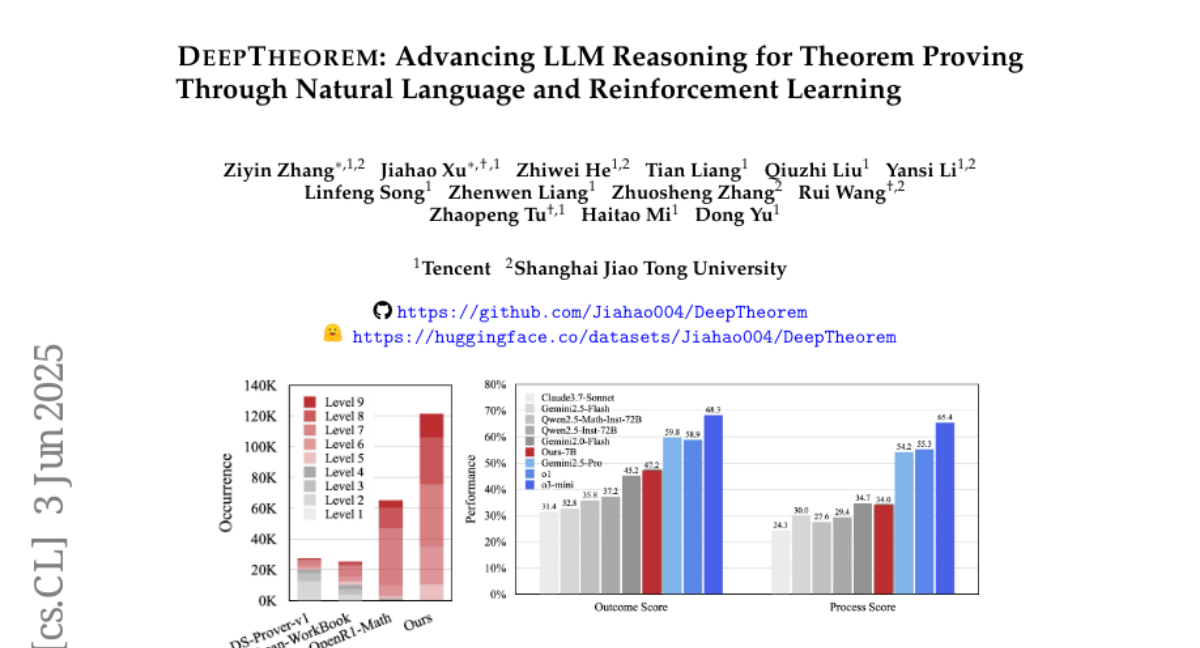
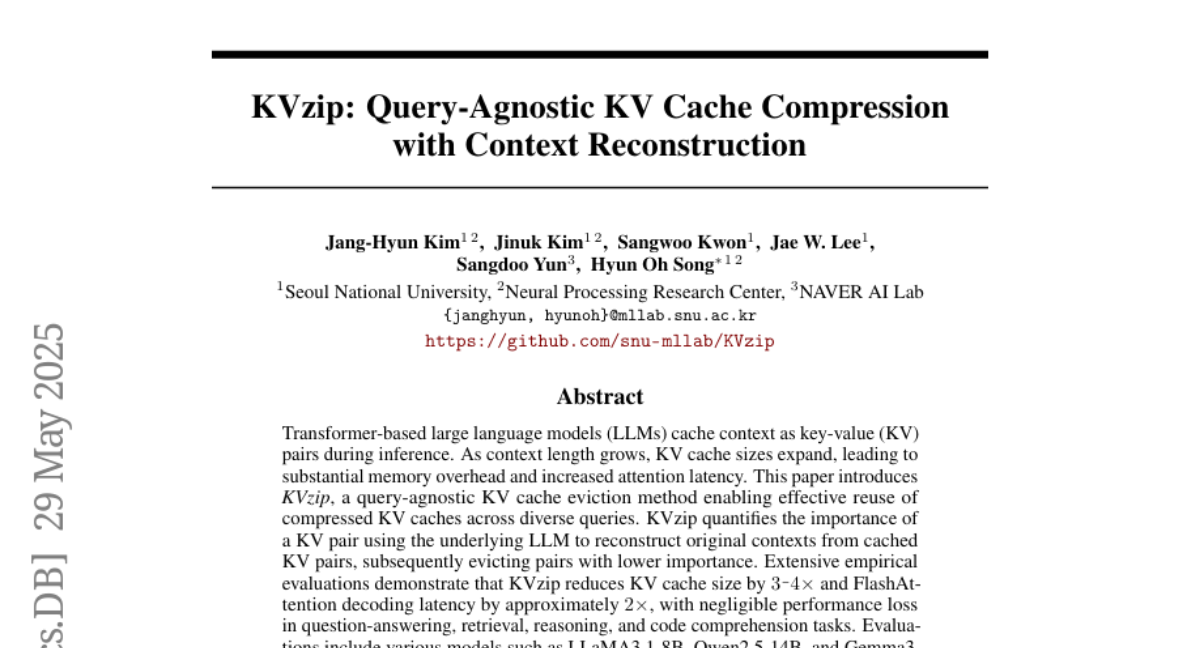

 m-serious
m-serious


 BestWishYsh
BestWishYsh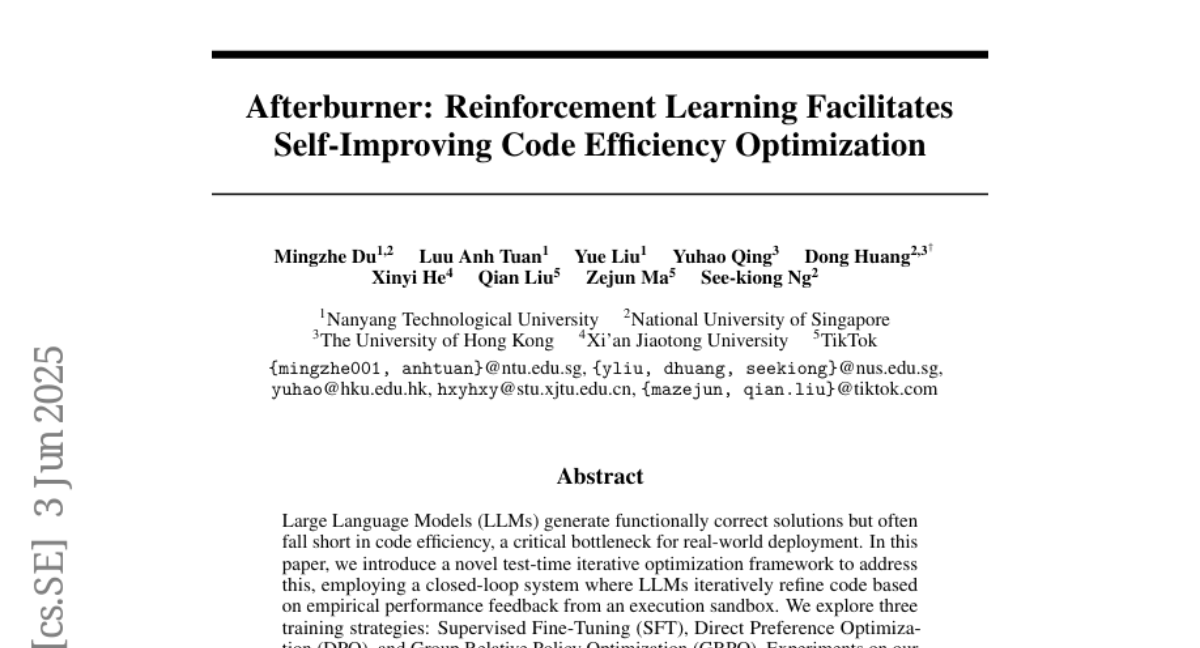

 smallAI
smallAI
 Bang-UdeM-Mila
Bang-UdeM-Mila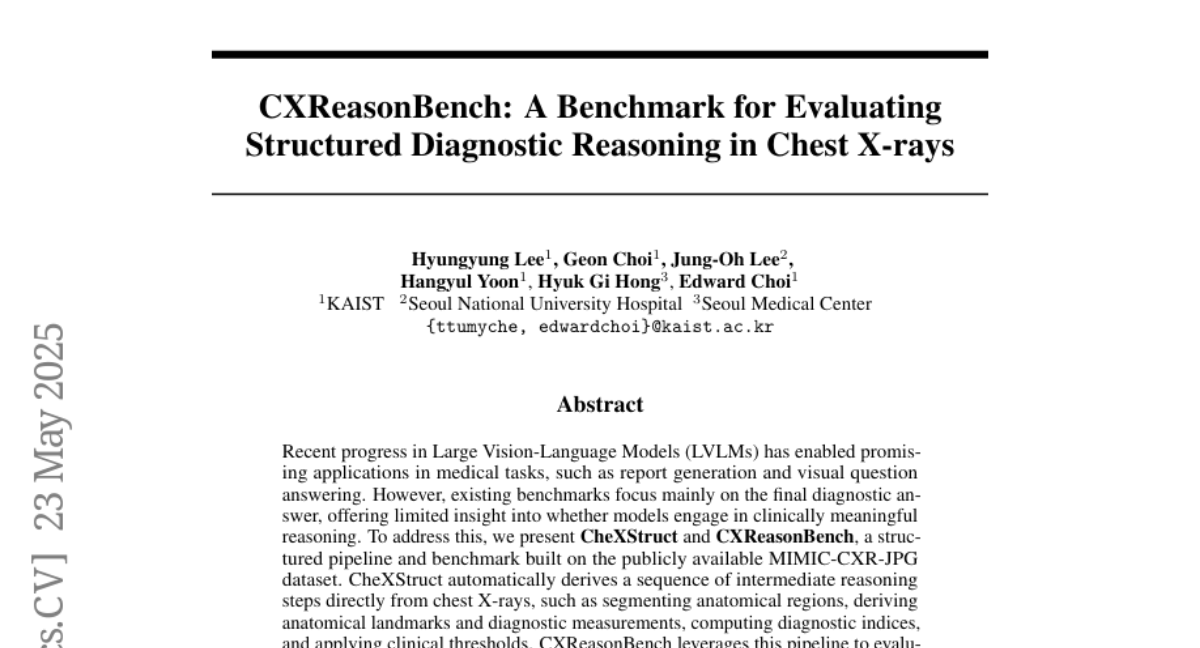


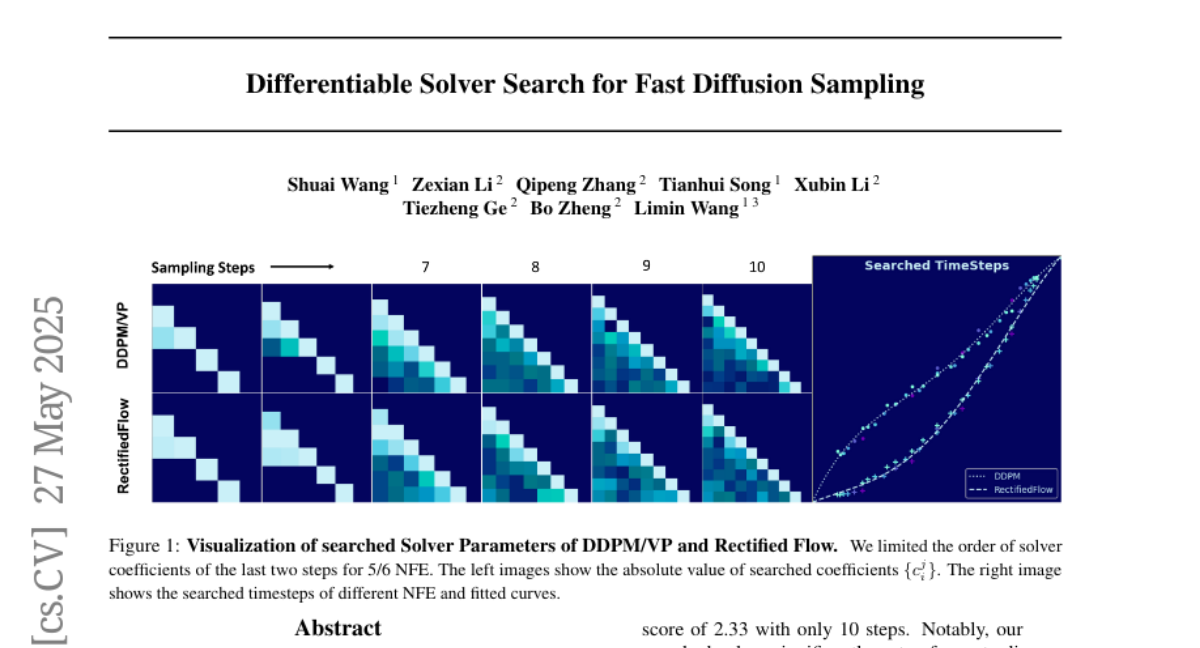

 davidchan
davidchan

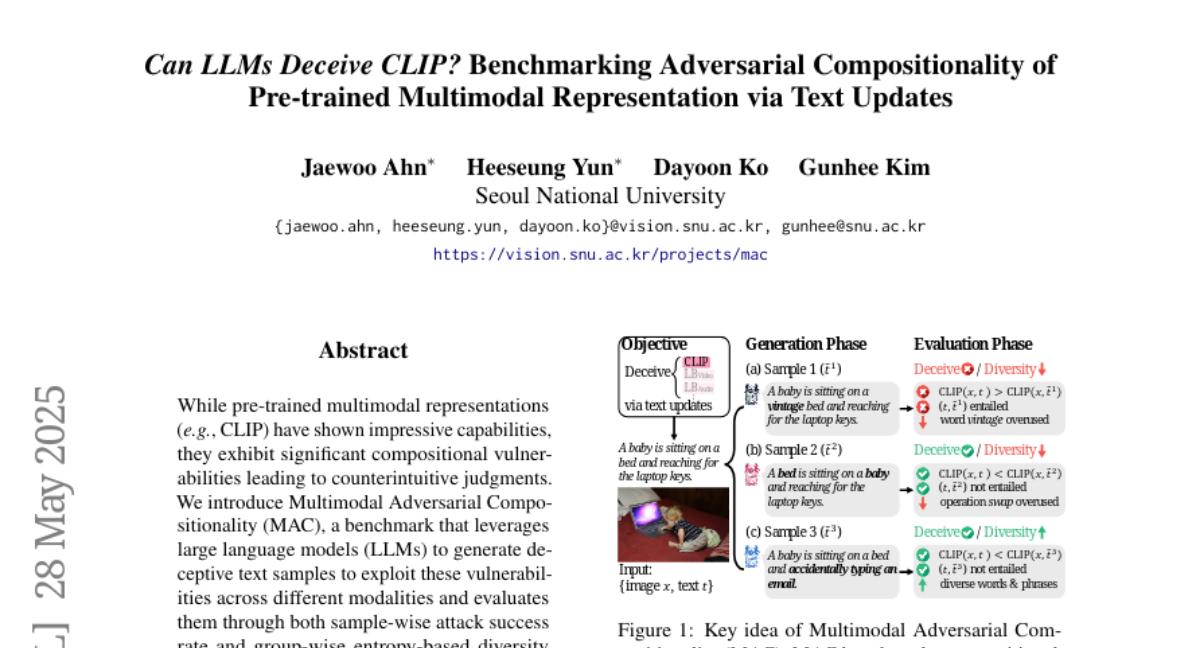

 JRQi
JRQi

 JingzeShi
JingzeShi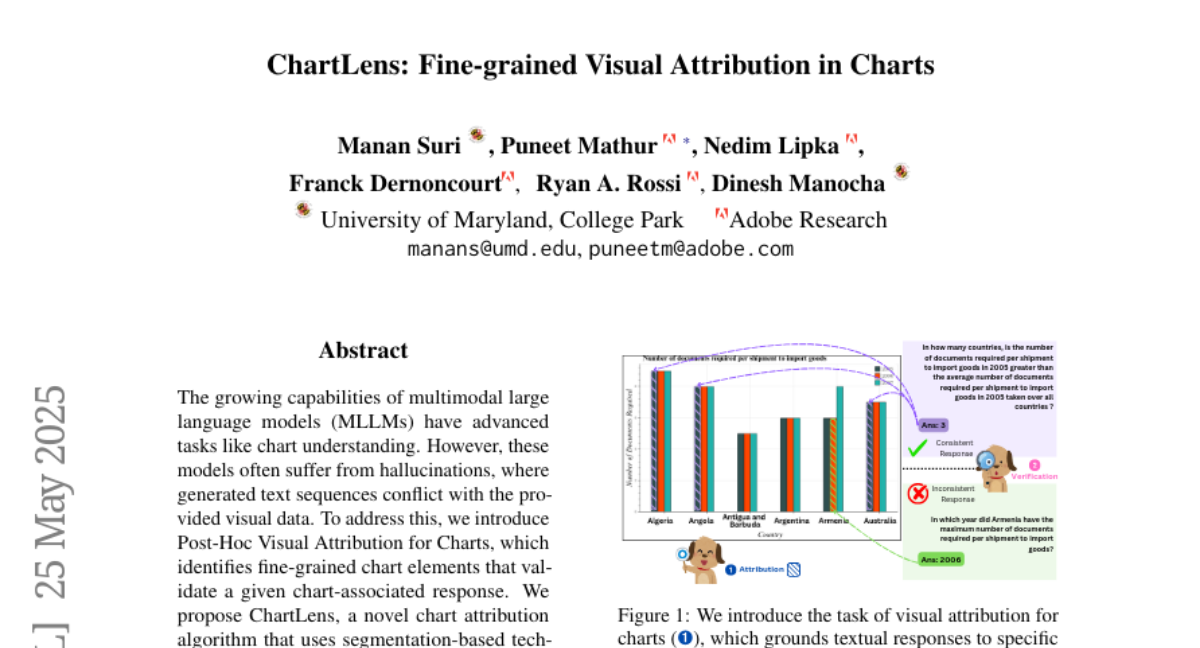


 lhmd
lhmd


 Aman
Aman
 RunsenXu
RunsenXu
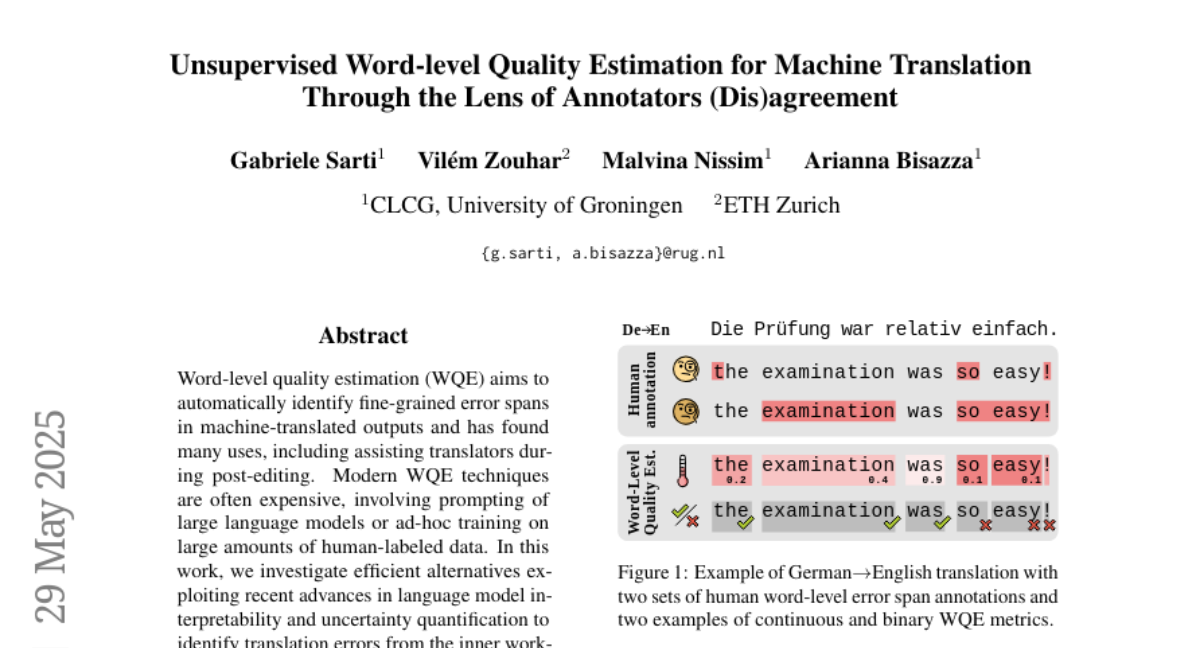
 gsarti
gsarti

 pengxiang
pengxiang


